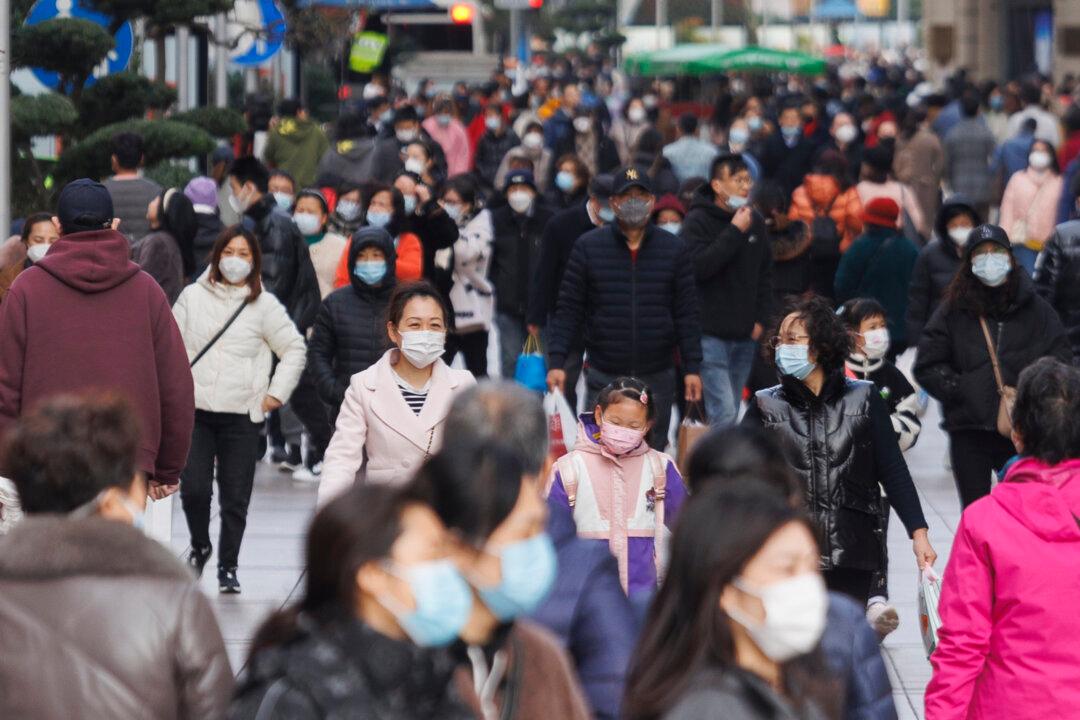Commentary
China’s National Bureau of Statistics (NBS) has been conducting a sample survey on population changes, triggering more speculation on China’s true population data after COVID-19.

China’s National Bureau of Statistics (NBS) has been conducting a sample survey on population changes, triggering more speculation on China’s true population data after COVID-19.